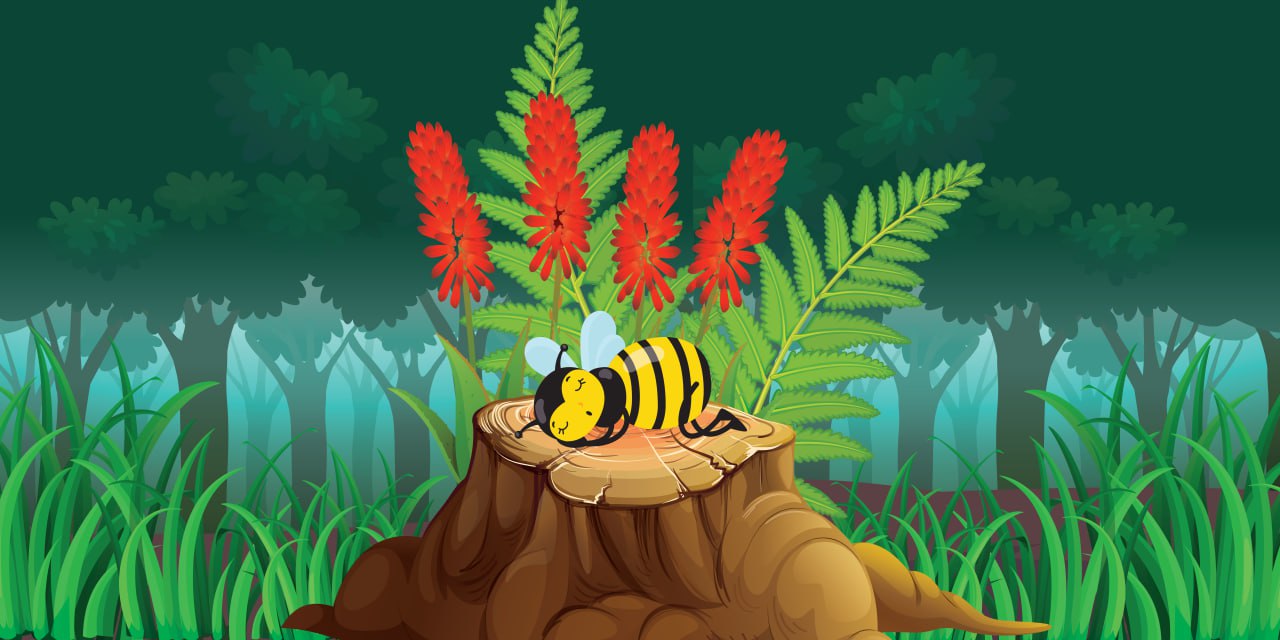
Beekeeping and Wildlife Habitat Enhancement | Creating Bee-Friendly Landscapes to Support Local Wildlife
Beekeeping is not only a sweet endeavor but also a crucial one for the well-being of local wildlife. Bees play a vital role in pollination, which is essential for the growth and reproduction of many plants. Unfortunately, the global bee population has been declining due to habitat loss and pesticide use. In this blog, we will explore how beekeeping and wildlife habitat enhancement go hand in hand, and how creating bee-friendly landscapes can support local wildlife.
The Importance of Bees in the Ecosystem
Before diving into creating bee-friendly landscapes, let's understand why bees are so important for the ecosystem. Bees, both domesticated and wild, are responsible for pollinating a significant portion of the world's crops, including fruits, vegetables, and nuts. This vital process ensures that plants can reproduce and produce the food we rely on. Without bees, our food supply would be severely impacted, leading to a decline in biodiversity and agricultural productivity.
Habitat Loss and Its Impact on Bees
One of the main challenges bees face today is habitat loss. Urbanization, agricultural expansion, and deforestation have led to the destruction of natural habitats, leaving bees with limited foraging options and nesting sites. As a result, bee populations have dwindled, and some species are now endangered or on the brink of extinction. This loss of bees not only affects the plant species they pollinate but also has far-reaching consequences for the entire ecosystem.
Beekeeping: A Way to Support Bee Populations
Beekeeping, or apiculture, offers a way to support bee populations and promote pollination. Beekeepers care for honeybee colonies, providing them with safe nesting places and a diverse range of nectar and pollen sources. By doing so, beekeepers ensure that bees have access to abundant food and a suitable environment, allowing them to thrive and contribute to pollination efforts.
Creating Bee-Friendly Landscapes
In addition to beekeeping, individuals and communities can contribute to supporting local wildlife, including bees, by creating bee-friendly landscapes. Here are some practical steps to achieve this:
Plant Native Wildflowers: Native wildflowers are well-adapted to the local climate and provide bees with a rich source of nectar and pollen. Planting a variety of wildflowers throughout the year ensures a continuous food supply for bees.
Avoid Pesticides: Pesticides, particularly neonicotinoids, have been linked to bee population declines. Opt for organic and natural alternatives to protect both bees and other beneficial insects.
Create Bee Nesting Sites: Bees need suitable nesting sites to lay eggs and raise their young. You can create bee nesting blocks with holes of varying sizes or leave dead wood and leaf litter undisturbed, providing shelter for solitary bee species.
Incorporate Bee-Friendly Trees and Shrubs: Trees and shrubs like willows, fruit trees, and flowering bushes are excellent sources of nectar and pollen. Including these in your landscape adds beauty while supporting bees.
Provide a Water Source: Like all living creatures, bees need water to survive. Create a shallow water source in your garden with rocks or floating cork pieces to allow bees to safely access water.
Join Community Efforts: Collaborate with your community or local organizations to create pollinator-friendly initiatives in public spaces, parks, and road verges. A collective effort can significantly expand the impact of your bee-friendly initiatives.
The Benefits of Bee-Friendly Landscapes
Creating bee-friendly landscapes not only helps bees but also benefits local wildlife and the community at large. Here are some key benefits:
Biodiversity: A diverse range of flowering plants attracts various pollinators, contributing to overall biodiversity in the area.
Improved Crop Yields: Bee-friendly landscapes increase the abundance of pollinators, leading to improved crop yields for local farmers and gardeners.
Aesthetically Pleasing: Bee-friendly gardens are not only environmentally friendly but also aesthetically pleasing, enhancing the beauty of your surroundings.
Educational Opportunities: These landscapes offer excellent educational opportunities for children and adults alike, promoting environmental awareness and the importance of conserving wildlife.
Beekeeping and wildlife habitat enhancement are intertwined in their efforts to create bee-friendly landscapes that support local wildlife. By planting native wildflowers, avoiding pesticides, and providing nesting sites and water sources, individuals and communities can play a crucial role in supporting bee populations and preserving biodiversity. Together, let's take small steps toward a bee-friendly future and foster a sustainable ecosystem for the benefit of all living beings.



Leave a comment